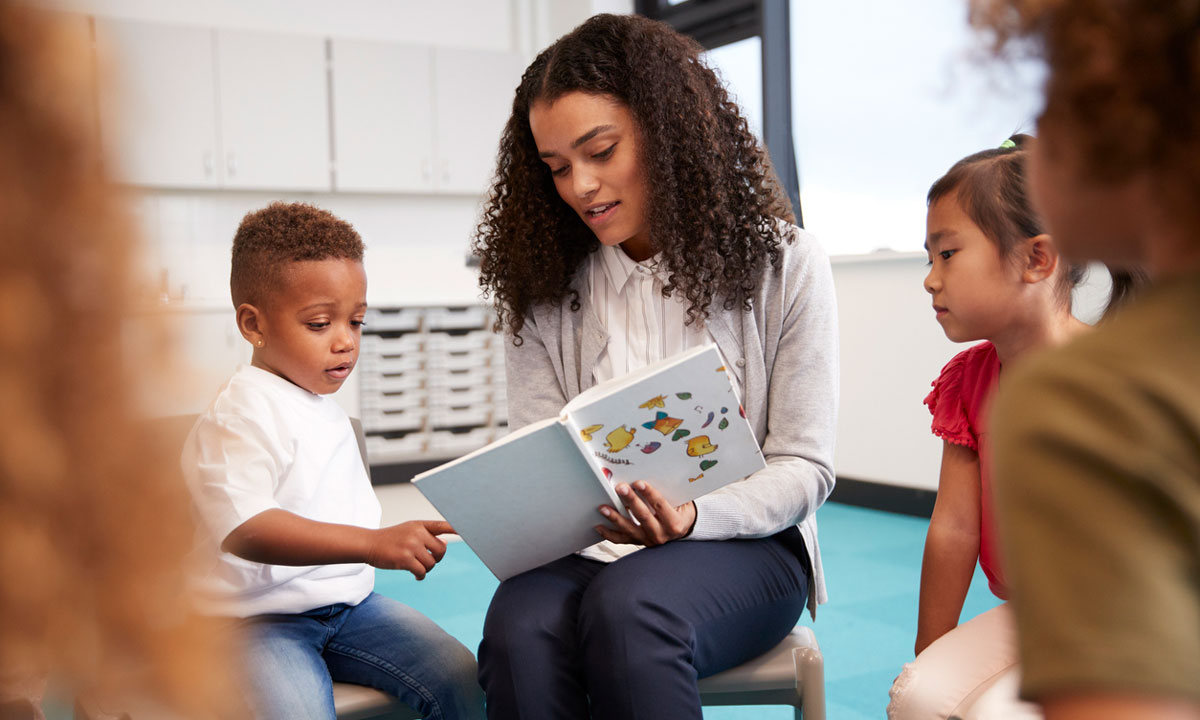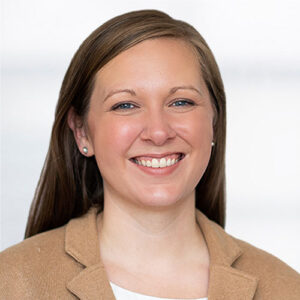Helping Teachers Bring the Science of Reading to Life in the Classroom
Theoretical training and strong materials aren't enough. States and districts must give educators the time, support and resources to get it right.

Get stories like this delivered straight to your inbox. Sign up for The 74 Newsletter
From podcasts to parents, it seems as though everyone is talking about how kids learn to read and what schools are — or are not — doing about it. While the science of reading is having its moment in the national spotlight, those of us who have been deep in the work know that the debates over literacy instruction have been raging for some time, from the “Mississippi Miracle” and Tennessee’s Read360 initiative to the National Reading Panel report and the Reading First initiative decades ago.
But something feels different this time around. The groundswell of interest and support, from the schoolhouse to the statehouse, suggests this is a true inflection point. Perhaps it is a once-in-a-generation moment to broadly come together, make lasting change around how reading is taught and set educators and their students up for success. The urgency could not be clearer: more than a third of fourth graders, disproportionately students of color, are scoring below basic on NAEP, and the pandemic has only exacerbated our nation’s literacy crisis.
As of July 2023, 32 states and the District of Columbia have taken the first, important step in championing the science of reading: prioritizing evidence-based research and instructional practice and signaling the importance of these practices through legislation and funding. But in TNTP’s work with more than 300 school systems nationwide, we know that without support for the real-world classroom implementation of these laws and instructional materials, they won’t have their intended impact on young people’s reading ability.
Simply sending teachers to a training on the theory and handing them a set of materials won’t get the job done. Across the country, a clear implementation gap is playing out in real time, as districts rush to enact important changes mandated by law without ensuring that educators can make necessary and practical connections to the unique learners who sit in their classroom every day and the theory they’ve learned in their state-mandated science of reading training.
It’s not enough for educators to learn that the 26 letters of the alphabet can be combined to create 44 sounds; they have to learn how to teach and reinforce those patterns and how to respond when individual students don’t grasp the letter patterns after the first few attempts. Without ongoing practical support from their schools and districts to overcome these gaps, many teachers struggle to connect theory and practice, and often revert to familiar — but less effective — methods.
While improving educators’ knowledge of reading research is critical, that alone doesn’t shift student achievement or reading proficiency. To see measurable results, district and school leaders must ensure the right policies, structures and resources are in place to help educators confidently do the challenging work that teaching students to read requires.
Both teachers and the leaders who support them must know how that research connects to the instructional expectations and measures they are held to and is mirrored in the materials and standards they use in their classrooms and schools. This is why we and so many other partners nationwide design and implement professional development that integrates this theory into classroom-level practices that teachers can use every day.
We developed an online course to enhance educators’ knowledge of the evidence base for science of reading and paired it with expert-facilitated learning and practice, allowing educators to apply their knowledge through the curriculum they use in their classrooms.
We launched this work in partnership with Tennessee’s Department of Education, where teachers participated in an online, 20- to 30-hour science of reading course and, perhaps more importantly, came together for five days of in-person professional development. There, they reviewed the content of the online course, had a chance to see what that theory looked like in their instructional materials, and practiced delivering those lessons and routines.
Positive results are already emerging. Our work with the department was part of a statewide, multi-year, K-3 literacy strategy centered on concrete application of instructional practices and materials in everyday classrooms. This year, Tennessee announced historic gains, including the largest single-year increase in third graders meeting or exceeding expectations in English and the largest percentage scoring in the top performance category in over 10 years.
Educators are hungry for this type of practical implementation support. In Washington County, Maryland, the initial year of TNTP’s support was intended to reach 300 educators. Through word of mouth, nearly 1,000 teachers and all elementary principals signed up for a science of reading professional learning course, which included discussion groups and collaborative practice sessions. This hands-on approach contributed to the successful adoption of high-quality instructional materials for literacy instruction throughout the county. Data from DIBELS, a series of short tests that assess K-8 literacy, showed significant growth in reading foundational skills for K-1 students, and kindergarten readiness data showed an 11 percentage-point increase over the year prior.
These examples make clear that states and school systems have an opportunity to get the science of reading right from the get-go. Succeeding at scale requires going beyond theoretical training and strong materials. States must invest in closing the implementation gap by providing the time, resources and support for educators to bring the science of reading to life in every classroom. Nothing matters more for educators on the front lines and for their students, who have a right to literacy and the power that comes with it.
Get stories like these delivered straight to your inbox. Sign up for The 74 Newsletter

;)
